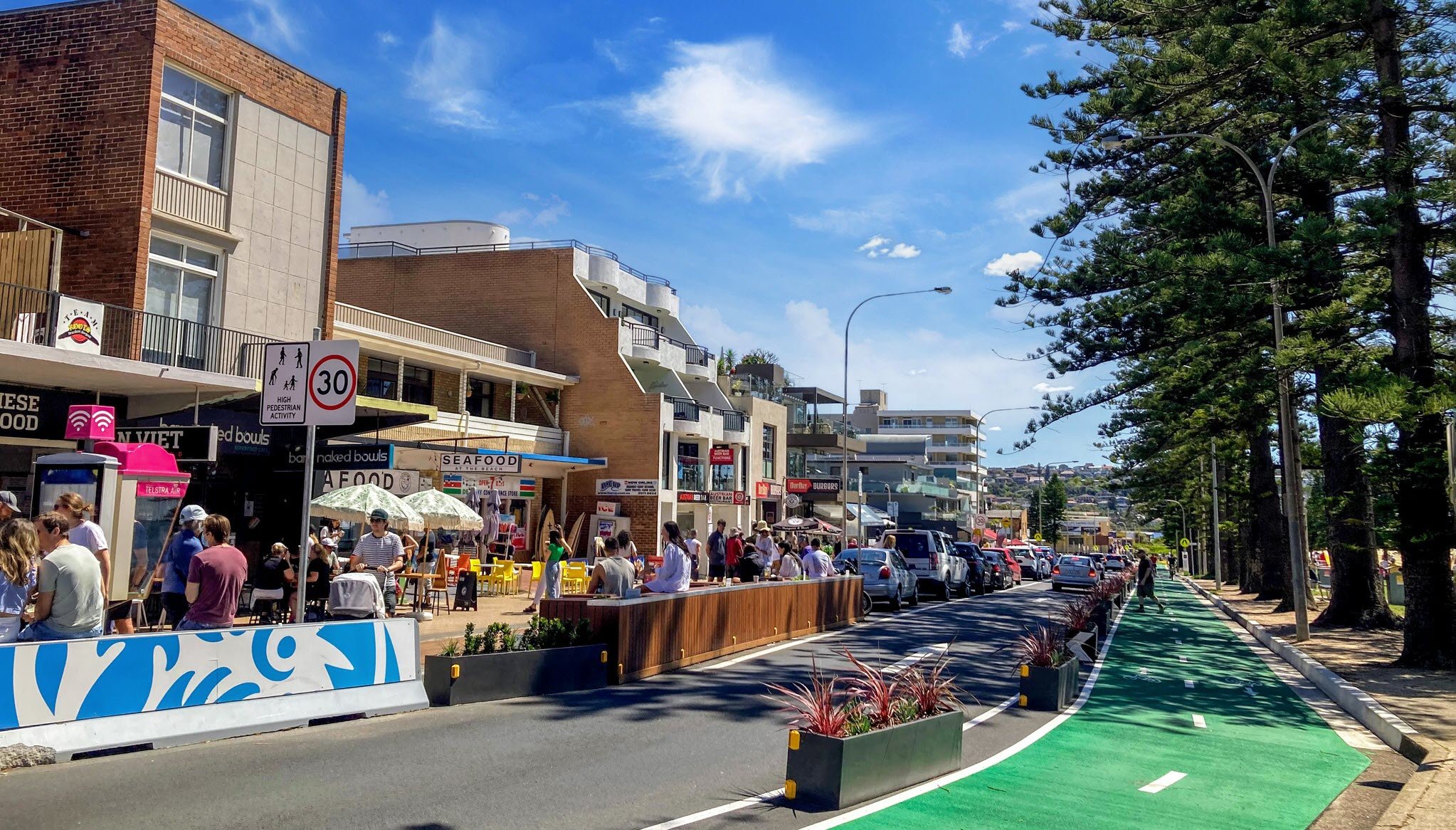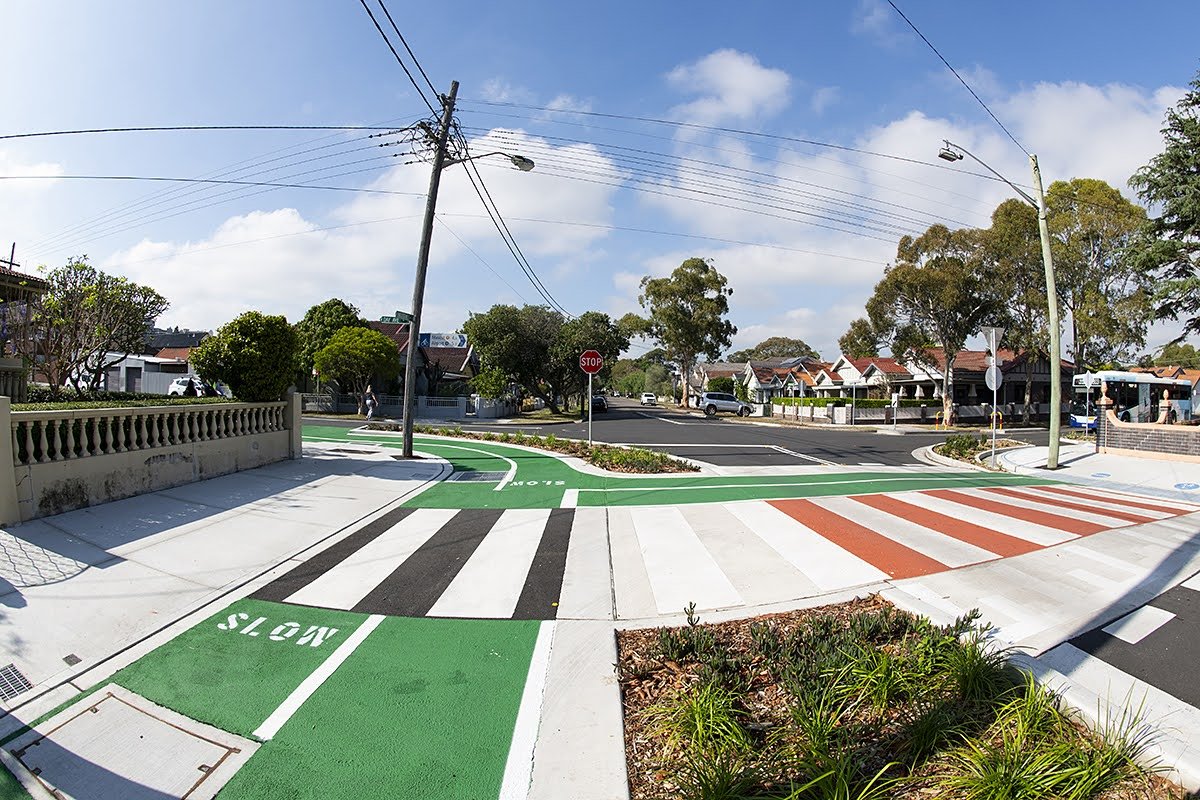Slow vehicles down
Make local streets and shopping streets quieter and safer with 30km/h speeds.
-
Fewer injuries, less severe injuries, fewer people killed on our streets. It sounds dramatic, but it really is as important (and simple) as that. In study after study*, in country after country, the data is overwhelming: The introduction of 30km/h zones and lower speed limits in urban areas, where people walking or people riding a bicycle and vehicles regularly share the same space, has been found to effectively reduce fatalities and injuries.
-
Our streets have been engineered to prioritise the rapid movement of vehicles through our urban areas. While that’s appropriate for major thoroughfares and arterial roads, it creates dangerous conditions in neighbourhoods and urban centres. Misinformation and a fear of change have led some people to believe that lowering speed limits on some streets will make it harder for them to move around, add to congestion or create economic harm. No study has been able to produce data to support these fears. In fact, the opposite is often the case: calmer traffic actually reduces congestion and slower streets are great for local business.*
-
Fortunately, it’s relatively easy and inexpensive to physically reduce speeds on neighbourhood streets and around urban centres: signage and enforcement. In terms of return on Investment, there is no cheaper way to literally save lives in your neighbourhood. Getting residents to understand why these changes are important (fewer dead or injured neighbours) and how they might even benefit (less congestion, better local business, more people choosing healthy transport options) is the trickier bit, but it is totally doable. Organising locally, gathering support and taking your evidenced-based requests to local council is a proven, effective way to lower the speed of your neighbourhood streets.
-
Community groups, residents’ associations, school groups and local businesses are all well-placed to recommend changing street speeds. Getting representation from all the different types of people who will be affected and who will benefit is key, as opposition usually comes from a hyper-local perspective and often from a few vocal campaigners who fear change. Thankfully, most city leaders are committed to evidence-based decision-making and the evidence for slower street speeds is nothing short of overwhelming.
-
Bring your local group or other organisation into the Better Streets coalition, and deliver lower, safer street speeds in your neighbourhood.
-
Beck, B., Brown, J., Mclaughlin, M. and Sharkey, M. (2021). Busted: 5 myths about 30km/h speed limits in Australia. [online] The Conversation. Available at: https://theconversation.com/busted-5-myths-about-30km-h-speed-limits-in-australia-160547 [Accessed 23 Aug. 2024].
Yannis, G.; Michelaraki, E. Review of City-Wide 30 km/h Speed Limit Benefits in Europe. Sustainability 2024, 16, 4382. https://doi.org/10.3390/su16114382
Road Safety Sweden, Stockholm declaration, accessed 23 August 2024 from https://www.roadsafetysweden.com/contentassets/b37f0951c837443eb9661668d5be439e/stockholm-declaration-english.pdf
-
Recommendations







